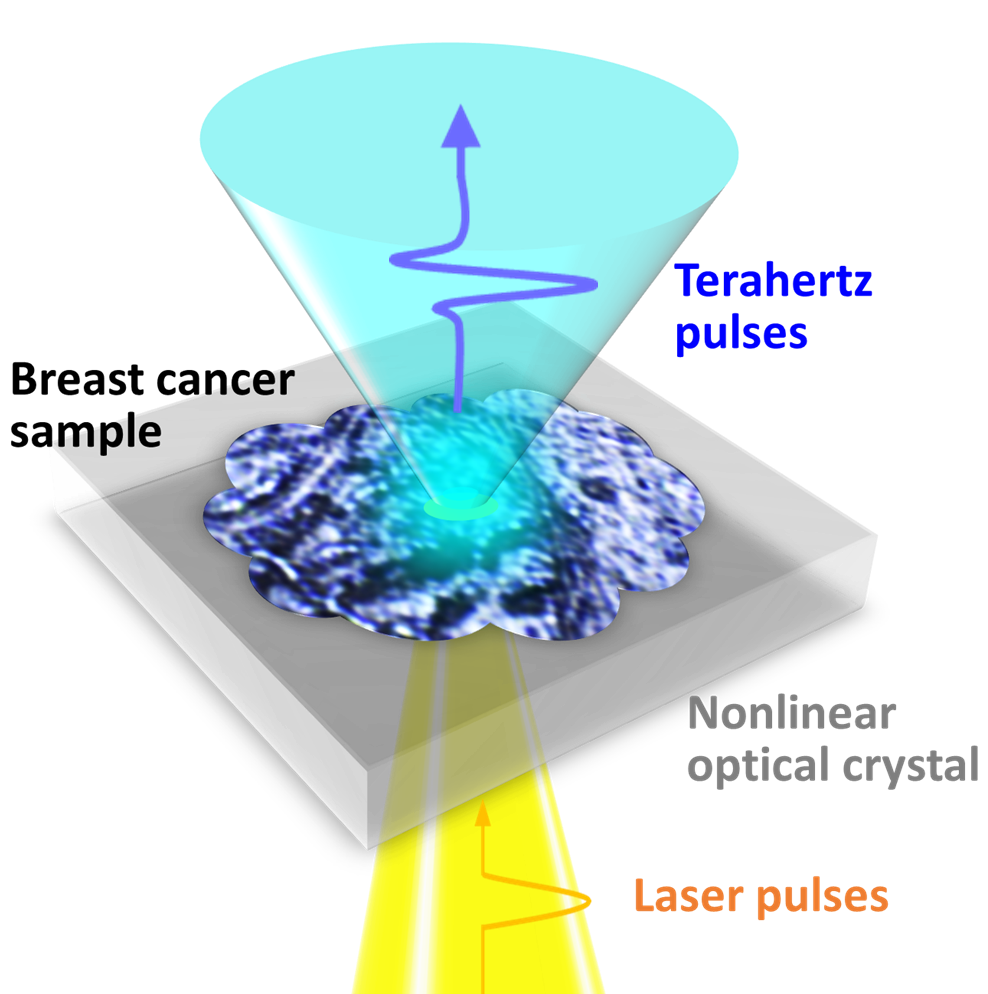
日本医学:小于0.5毫米,早期乳腺癌:电磁波使用的鉴别
-诊断设备的发展和期望-
大阪大学等团队:
大阪大学等
我们成功地“利用电磁波将尺寸小于0.5毫米的早期乳腺癌投射到清晰的图像中”。
电磁波清晰图像:
目前,有必要对细胞染色。
诊断需要花费几天的时间,但是有可能可以进行早期诊断。
它还将导致开发新的诊断设备。
朝日新闻
https://www.asahi.com/articles/DA3S14672380.html
No stain? No sweat: Terahertz waves can image early-stage breast cancer without staining
2020-10-22
A team of researchers at Osaka University, in collaboration with the University of Bordeaux and the Bergonié Institute in France,
has succeeded in terahertz imaging of early-stage breast cancer less than 0.5 mm without staining, which is difficult to identify even by pathological diagnosis.
Their work provides a breakthrough towards rapid and precise on-site diagnosis of various types of cancer and accelerates the development of innovative terahertz diagnostic devices.
Breast cancer is roughly divided into two types: invasive and non-invasive.
The former,
invasive ductal carcinoma (IDC), begins in the cells of a breast duct, growing through the duct walls and into the surrounding breast tissue, potentially spreading to other parts of the body.
The latter,
ductal carcinoma in situ (DCIS), is an early-stage small breast cancer confined to the breast duct, but it can lead to invasive cancer. Therefore, early detection of DCIS is crucial.
For pathological diagnosis of cancer, the tissue sample is chemically stained, and a pathologist makes a diagnosis using an image of the stained tissue.
However, the staining process takes time, and it is difficult to distinguish DCIS from malignant IDC as they look nearly identical.
Terahertz imaging
can distinguish cancer tissue from normal tissue without staining and radiation exposure.
However, it was still difficult to identify an individual DCIS lesion (which typically range from 50 to 500 µm) by terahertz imaging due to its diffraction-limited spatial resolution of just several millimeters.
ResOU